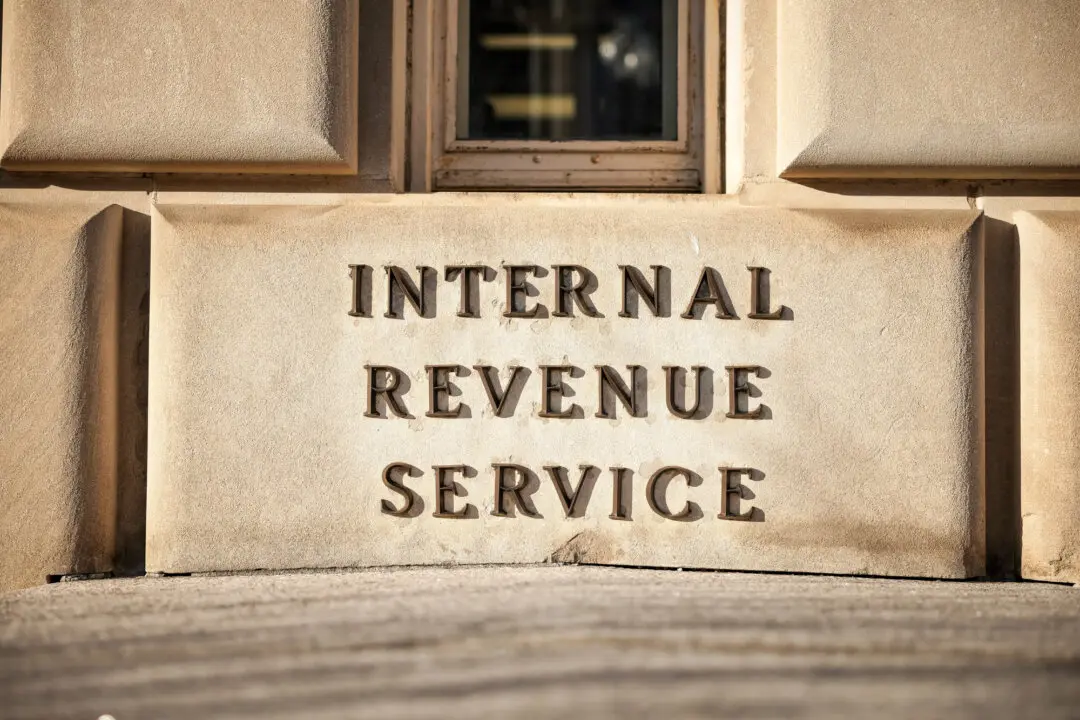Price growth slowed its pace in April, with a key inflation gauge falling to a level well below analysts’ forecasts and fueling hopes that price pressures may be starting to dissipate.
The Commerce Department reported on May 27 that the headline Personal Consumption Expenditures (PCE) price index, which is the inflation measure most closely watched by the Federal Reserve, rose by a monthly 0.2 percent in April, down from a blistering 0.9 percent pace of growth in March.





